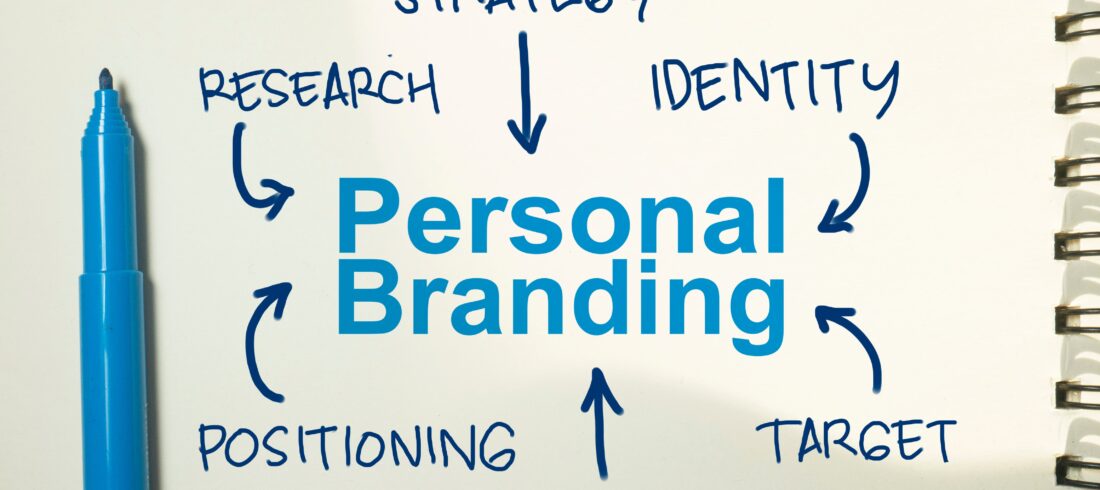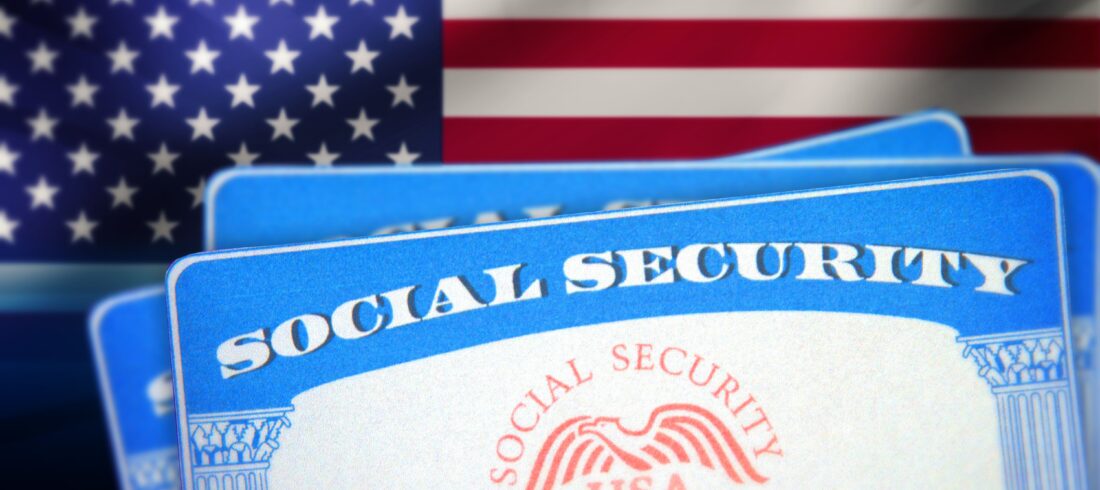When life throws challenges your way, it’s good to know that help is available. In the broad landscape of government assistance, several key programs stand ready to offer support to those in need. From helping with food and childcare to ensuring your kids have health coverage, these programs are designed to provide a helping hand. Let’s dive into an overview of some of these crucial programs and how they help. Each one plays a unique role in offering support and paving the way toward stability and self-sufficiency for families across the country.
Government Assistance Programs Overview
Facing financial hardship is tough, but during the challenges, there’s a glimmer of hope. Government assistance programs are designed to provide support to families in need, offering a safety net during difficult times. These programs aim to lessen financial burdens and ensure that essential needs like food, healthcare, and childcare are met for those who qualify. Let’s break down a few key players: TANF, SNAP, and WIC.
Building Financial Stability with TANF
TANF, short for Temporary Assistance for Needy Families, isn’t just about giving money; it’s a real helping hand. It offers cash and support to families who need it, helping them get stable and self-sufficient. To get TANF, families usually need to meet certain income rules and have kids. Think of TANF as a bridge to a better future for families going through hard times.
Addressing Nutrition Needs with SNAP
SNAP, the Supplemental Nutrition Assistance Program, helps when you’re stressed about grocery bills. It gives eligible families extra money on an EBT card to buy food. To qualify for SNAP, your income and the number of people in your home are important. It’s like getting a helping hand to keep your kitchen stocked.
Nourishing Mothers and Children with WIC
WIC stands for Special Supplemental Nutrition Program for Women, Infants, and Children, and it’s all about giving extra nutrition help to pregnant women, new moms, and little kids. WIC helps with free healthy food, tips for eating right, and advice on healthcare. If you’re pregnant or have young kids and your income is within a certain range, WIC might be there for you. It’s about making sure new moms and their children get the right start with good nutrition.
Furthering Assistance Programs Overview
Outside of food and finances, there are other forms of government aid. Let’s explore two key government programs aimed at doing just that: Head Start and CHIP. These initiatives are about more than just basic care; they’re about setting a solid foundation for lifelong success and wellbeing.
Early Learning Through Head Start Programs
Imagine this: a world where every child, regardless of their family’s income, gets a fair shot at success. Sounds pretty great, right? Well, that’s the vision behind Head Start programs. These programs are not just about getting kids ready for kindergarten; they’re about setting up our little ones for life.
Imagine it as a preschool, but with even more special and impressive features. Any quality early education program can teach shapes and colors. Head Start goes further by offering nutrition advice to families. It provides health screenings for kids. Additionally, it helps parents become better advocates for their children’s education. It’s like getting the whole package wrapped in one big bow.
Securing Health Coverage Through CHIP
Families nationwide have found a lifeline in CHIP, transforming the way they access healthcare for their children. CHIP provides health coverage to uninsured children who fall into a family earning too much to qualify for Medicaid but not enough to afford private insurance. We’re talking about doctor visits, immunizations, dental care – you name it.
Finding Your Way Around Eligibility
Determining if your kids are eligible might seem daunting at first glance, but it’s simpler than most might think. Most states offer coverage to children up to age 19 whose families earn up to 200% of the federal poverty level—some even higher.
- No endless paperwork: Applying is straightforward and can often be done online or over the phone.
- Affordability: Costs? Minimal. Some states charge no premiums at all; others ask for just a small share based on income levels—a real breath of fresh air compared with typical insurance rates.
Conclusion
From putting food on the table to ensuring kids have healthcare coverage, these programs offer vital support. By exploring key players like TANF, SNAP, and WIC, we see how they foster stability and self-sufficiency. But the help doesn’t stop there. Programs like Head Start and CHIP go beyond basic needs, setting the stage for lifelong success. Head Start offers comprehensive education and support, while CHIP provides essential healthcare coverage. These programs are like a guiding light, showing that help is available to lift up families everywhere. If you or someone you know needs support, check with your local government agency. Each program has its own rules, but they’re all here to lend a hand when you need it most.



